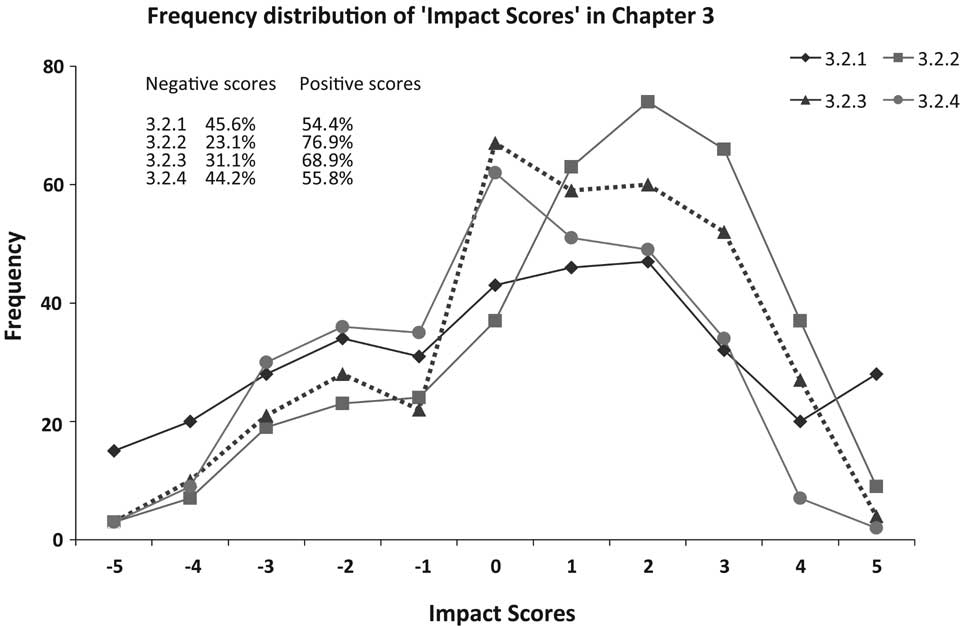Research has paid little attention to the serious impacts of social conflicts and disorders on agricultural production.
| Goals N, S |
Certainty D |
Range of Impacts -5 to 0 |
Scale G |
Specificity Wide applicability |
Wars may arise from conflicts for agricultural resources (Collier, 2003), notably for land (Chauveau, 2003), or claims on forest (Richards, 1996), resulting in agricultural stagnation (Geffray, 1990; Lacoste, 2004); declining productivity of crops and livestock and the decreasing access and availability of food (Dreze and Sen, 1990; Stewart, 1993; Macrae and Zwi, 1994); destruction of storage and transformation infrastructures; ground and water pollution; higher food prices and obstacles to the transport of agricultural inputs and products. This stagnation is reinforced by factors like civil disorders, state collapse, urbanization, declining involvement of youth in agriculture, HIV and other diseases, the decline of the agricultural workforce and the development of illegal activities. Although difficult to quantify, the agricultural losses related to wars have been increasing since the 1990s (FAO, 2000a).
Postconflict programs may alleviate difficulties. This is particularly the case with the reorganization of input delivery systems, e.g., as seen in Rwanda, which was addressed by the "Seeds of Hope Project" (Mugungu et al., 1996; www.new-agri.co.uk/01-2/focuson/focuson3.html).
3.3 Objectivity of this Analysis
To determine the balance of this assessment in terms of reporting on positive and negative impacts of AKST, the frequency distribution of reported impacts was determined for each main part of the Chapter (Figure 3-8). The result indicates that about one-third of reported impacts were negative and two thirds positive. Although there were small differences between the subchapters, the trends were similar, suggesting that the authors are in general agreement about balance of this Assessment and the overall outcomes of 50 years of AKST.

Figure 3-8. Frequency distribution of impact scores from this Assessment
3.4 Lessons and Challenges
The fundamental challenge for AKST in rural development is how to make agriculture both more productive and more sustainable as a source of income, food and other products and services for the benefit of all people worldwide, most of whom are living below or a little above the US$2 per day poverty line-but who also suffer many health, livelihood and environmental deprivations that are not best measured in dollars. A new approach to sustainable agriculture has to be achieved despite the growing population pressure on limited sources of all forms of natural capital (especially land, water, nutrients, stocks of living organisms and global climatic stability), many of which have already been severely degraded by former approaches to agricultural production, and which have externalized the costs of the environmental and social impacts of AKST. This Chapter has shown that the current serious situation has resulted from a culture of exploitation, coupled with a uni-dimensional approach that failed to appreciate and develop the multifunctionality of agriculture.
The overriding lesson of this chapter is that, although AKST has made great improvements in productivity, the global focus of AKST to date on production issues has been at the expense of environmental and social sustainability at the local level. Consequently, natural resources have typically been overexploited and the societies have lost some of their traditions and individuality. The sustainable implementation of AKST has been impeded by inadequate understanding, inappropriate policy interventions, socioeconomic exclusion, and a failure to address the real needs of poor people. This has been exacerbated by an overemphasis on trade with industrialized countries and a set of "disconnects" between disciplines, organizations and different levels of society that have marginalized environmental and social objectives. In developing countries, and especially in Africa, the combined effect has been that poor people's livelihoods have not benefited adequately from the Green Revolution and from globalization, due to their exclusion from the benefits of AKST. At the same time, there is a diverse body of work on improving the productivity of degraded farming systems that is based on more sustainable approaches. These are more socially-relevant, pro-poor, approaches to agriculture, with a strong reliance on both natural resources and social capital at community and landscape levels. This body of evidence, albeit disparate at present, is largely based on diversified and integrated farming systems, which are especially appropriate for the improvement of small-scale farms in the tropics. It has a stronger emphasis on environmentally and socially sustainable agriculture and offers the hope of a better future for many millions of poor and marginalized rural households. The overriding challenge is, therefore, to revitalize farming processes and rehabilitate natural capital, based on an expanded understanding of INRM within AKST. Much of this will involve the provision of appropriate information for policy-makers and farmers and the removal of the "disconnections" between different disciplines, organizations and levels of society at the heart of AKST. This will be fundamental for the integration of the different components of AKST and the scaling-up of the existing socially and environmentally sustainable agricultural practices.